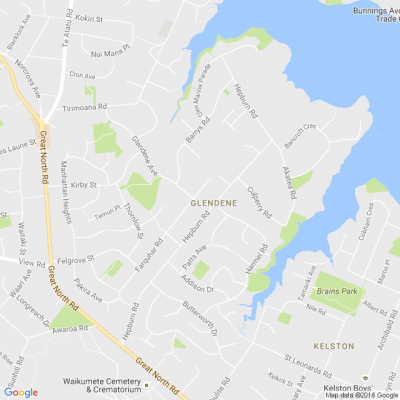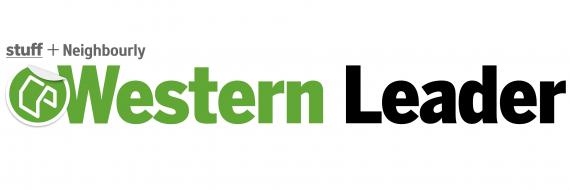IRD sending ONE MILLION letters to Kiwis on wrong KiwiSaver tax rate
The tax department began sending out letters to people who had not paid enough tax on their KiwiSaver investments in May prompting an outcry from people worried about getting an unexpected tax bill. In June, the IRD revealed 450,000 people had been paying the wrong tax rate on KiwiSaver and other PIE (portfolio investment entity) investment schemes. But weeks later it updated the figure to 1.5 million people with 950,000 estimated to have overpaid tax of around $42 million and 550,000 underpaying tax of between $45m to $50m in the last tax year. People who have underpaid tax will get a bill telling them how much they need to pay but those who have overpaid won't get a refund. From July, over-payers have been sent letters urging them to change their rates.
An IRD spokeswoman said it had so far sent out just over 930,000 letters to customers who are on the wrong PIR rate for KiwiSaver. "We are sending the letters in batches so not everyone who is due a letter has received one so far." But it expected the mail-out to be complete in November and for there to be more than a million letters in total. "We do not have a definitive final number at this time." Auckland financial adviser Rachelle Bland said she knew two individuals who had now received letters from the IRD advising that they were paying too much tax.
One is on the top 28 per cent tax rate and has been told she should only be paying 10.5 per cent. The woman was told: "Your investment with KiwiSaver scheme [scheme name removed] is being taxed at 28 per cent. We've calculated your rate based on the income details we hold for you and the table below, and suggest for the 2020 tax year you change it to 10.5 per cent. A tax rate of 10.5 per cent is for people who earn $14k or less in taxable income. The letter also stated: "It is important that the rate your KiwiSaver scheme is taxed at is correct. If the rate is too low, you may have a tax bill at the end of the year. If the rate is too high you are unable to claim a refund."
The second is also on the top tax rate but should be on 17.5 per cent because she earns between $14,001 and $48k in taxable income. Both were told to contact their KiwiSaver providers directly to change the rate. But Bland said many of those receiving the letters may not be aware who their KiwiSaver provider is or how to get in contact with them. "I would like to think it will be acted on but I think it is going to take a massive education campaign."
Some people may have been on the wrong tax rate since joining KiwiSaver potentially costing them hundreds of dollars in overpaid tax and lost returns. Bland was part of a group of financial advisers which warned the government about the over-taxation of KiwiSaver more than a year ago. Inland Revenue has said it only became able to identify which KiwiSaver members were underpaying or over-paying tax since switching to a new IT system in April. Bland believes part of the problem lies with auto-enrolment forms which sign people up to KiwiSaver but do not allow them to specify which prescribed investor rate they need to be on. People are automatically put on the highest rate of 28 per cent and then must tell their provider to change it. But Bland said by the time the money got to the provider - three months later - many were not aware they needed to change the rate or had forgotten about it. She is running a parliamentary petition to get the IRD to change its forms so people have to specify what prescribed investor rate they should be on from the start and has written to the IRD and its minister Stuart Nash. In a response from Tony Donoghue, manager of the commissioner's correspondence at the IRD, said the KiwiSaver forms were designed to transfer an employee's contributions to an investment company and the requirements should not be confused with the tax rules which applied to PIEs. "The PIE rules require investors to choose a PIR at the time they invest, so the entity pays the correct amount of tax on investment earnings. This obligation is set out in product disclosure statements issued to investors when they join a scheme.
"Regardless of how people join, every investor receives a product disclosure statement, which provides information on what taxes the investor is required to pay." All PIE providers are legally required to check investors are on the right rate every year. KiwiSaver providers send out annual letters to get people to switch change rates but say they don't have much of a response. Donoghue said officials were considering what legislative changes could be made to improve the PIE regime. "This could include authority for Inland Revenue to automatically notify investment entities when investors have not declared an appropriate PIR." However changes would require parliamentary approval, he added.
==========================================================
Share your summer photos! 📷
Taken some beautiful snaps lately? Whether it's rainbows, sunsets or a beautiful summer's day, we'd love you to share the joy with us.
Share a photo in the comments below

What word sums up 2024, neighbours?
If 2020 was the year of lockdowns, banana bread, and WFH (work from home)....
In one word, how would you define 2024?
We're excited to see what you come up with!









 Loading…
Loading…





